How to use weights for cardio
Can't stand the treadmill? Good news! A pair of dumbbells can boost your cardio fitness and calorie burn
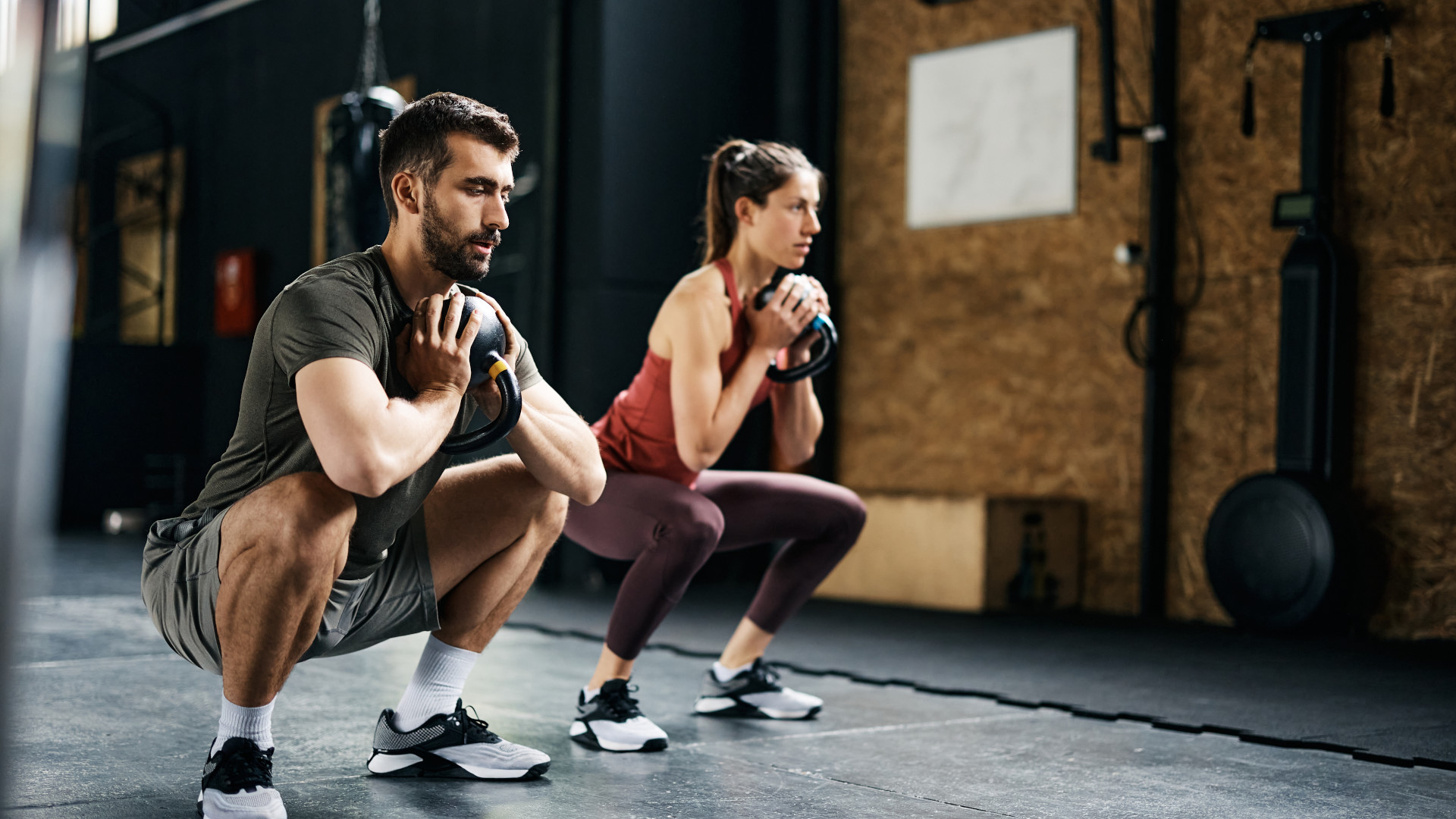

When it comes to improving our cardiovascular health, more often than not we tend to gravitate towards the treadmill, Stairmaster, or exercise bike (to name a few). But, did you know you don’t actually have to step foot on any of these to improve your cardio fitness? Probably music to your ears if you can’t stand them.
“A cardio workout refers to exercise that stimulates our overall cardiovascular system, predominately the heart and burns calories,” says Steve Albon, Certified Personal Trainer and Regional Gym Manager at Ultimate Performance. “Put simply, you need to work hard and get your heart rate pumping, it’s not that complicated!”. And we all know you don’t need big bits of cardio equipment to achieve this.
Weight training—whether that be using dumbbells, kettlebells, or barbells— is an effective way to raise your heart rate, break a sweat, and burn some serious calories. Below, Steve breaks down exactly how you can do that and incorporate them to become part of your cardio routine.
Benefits of using weights for cardio
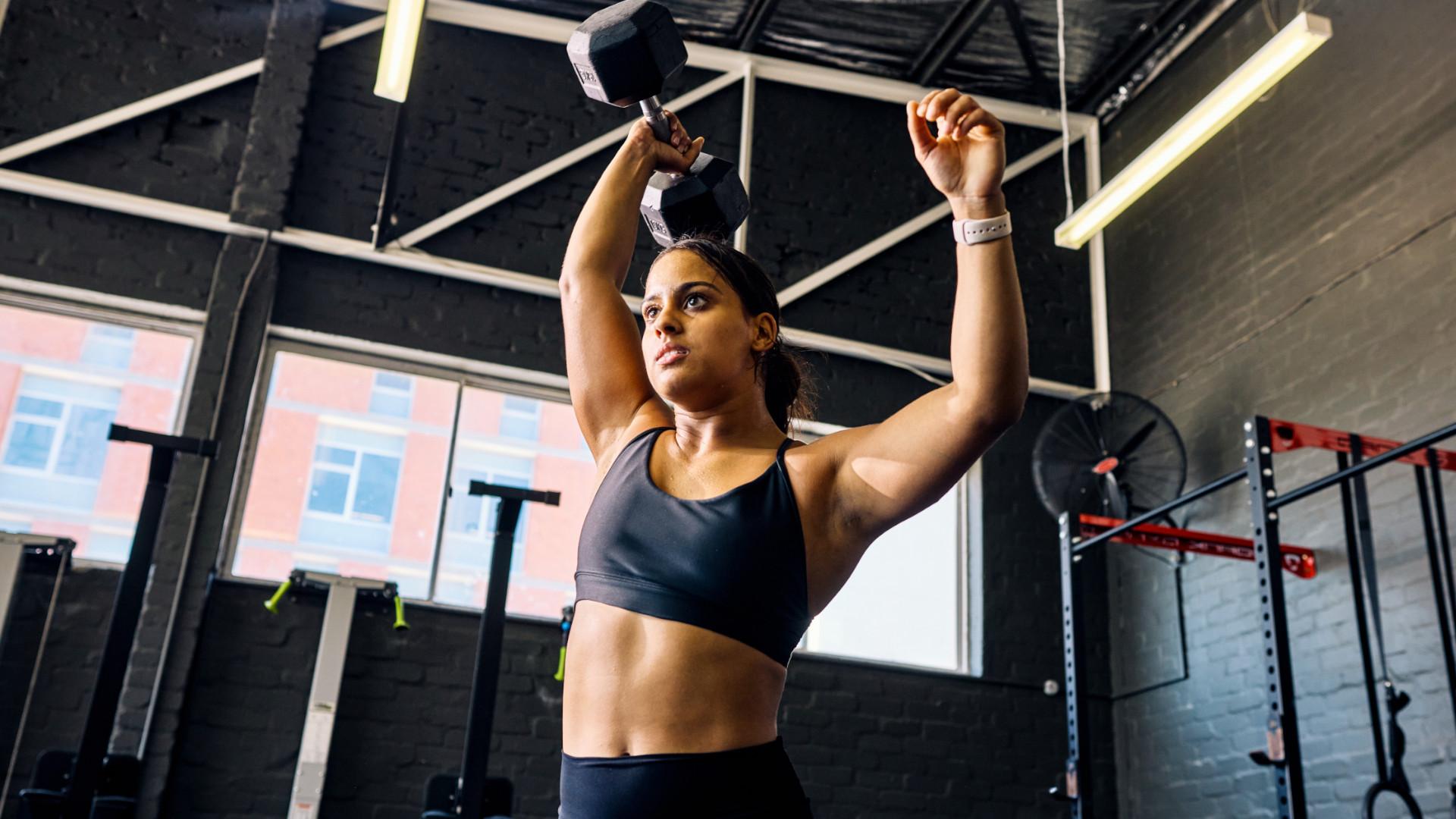
It can help you burn lots of calories (and fat)
According to Steve: “A study in the Applied Journal of Physiology by Dolezal and Potteiger demonstrated that traditional cardiovascular/endurance training had no impact upon Resting Metabolic Rate (RMR), whereas strength training improved RMR by a very substantial 15%,”. ‘RMR’ is the number of calories your body burns while resting, commonly referred to as the ‘afterburn effect’.
It can boost strength and muscle
While traditional cardio activities—running, cycling, swimming, rowing, etc.— can certainly improve muscle strength and endurance, incorporating weights (particularly if they’re challenging enough) will force your muscles to work harder, which will help them to grow bigger and stronger.
Sign up to the T3 newsletter for smarter living straight to your inbox
Get all the latest news, reviews, deals and buying guides on gorgeous tech, home and active products from the T3 experts
It’s accessible
Free weights, like dumbbells and kettlebells, are far more compact and easier to house than a ginormous treadmill (unless you opt for a compact option like a folding treadmill). This makes them a great addition to your home workouts, plus, you don’t have to set them up either.
How to use weights for cardio

There are a couple of things to consider if you want to create a weighted cardio workout. First, you ideally want to opt for compound exercises. These are exercises that work multiple muscles in the body at once and will raise your heart rate more than an isolation exercise, like a bicep curl. Secondly, you’ll want to use high volume and minimal rest between sets. Again, this will get you puffing and out of breath, which shows you’re exercising the heart and vascular system.
“Find an area of your gym that will be quiet enough to allow a massive giant set circuit (four sets performed back-to-back like traditional circuit training), full-body or body-part split, either is good depending on your goals – and knock yourself out!,” says Steve.
If you need some inspiration, Steve has shared a fantastic bang-for-your-buck routine below, using only dumbbells. "Try this workout and tell me your heart is not working overtime," he says. "It's certainly not your bog-standard cardio training programme, and if you are reasonably well trained and can generate a good degree of force, then this will smash you up beyond belief."
It's a 'giant set', so you'll perform the exercises consecutively, with very little rest. Start on the first exercise, rest for 10 seconds then move on to the next one. Once you finish the final exercise, enjoy the longer rest before going back and repeating it three more times! Enjoy.
Exercise | Sets/reps | Tempo | Rest | Row 0 - Cell 4 |
Dumbbell deadlift | 4 x 10 | 4-0-1-0 | 10 secs | Row 1 - Cell 4 |
Standing dumbbell shoulder press | 4 x 10 | 4-0-1-0 | 10 secs | Row 2 - Cell 4 |
Bent-over dumbbell row | 4 x 10 | 3-0-1-0 | 10 secs | Row 3 - Cell 4 |
Goblet squat | 4 x 10 | 4-0-1-0 | 2-4 mins | Row 4 - Cell 4 |
Why is cardio training important?
Just as we work the other muscles in our body, we need to work the cardiovascular system in order for it to become stronger. “The cardiovascular system is the heart, the veins and the blood vessels and it takes in pulmonary, system and coronary circulation,” says Steve. “It’s one of the most important aspects of our health, and we should pay it constant attention.”
There’s a wealth of benefits for improving our cardiovascular health, physically and mentally. It can help us live a longer, healthier life, reduce the chance of chronic diseases, strengthen our immune system, improve our cholesterol and blood sugar levels. But, it can also boost our mood, help us sleep better, and aid weight loss too.
“Physiologically speaking, if you want to vigorously pump blood to skeletal muscles and train the heart, then you need to work hard, and the most optimal way to train for cardiovascular health is through intense resistance training sessions.”

Bryony’s T3’s official ‘gym-bunny’ and Active Staff Writer, covering all things fitness. She recently completed her Level 3 PT qualification with the PFCA to bring a deeper understanding of training techniques, fitness trends, and wellness advice to her writing. In her spare time, you will find her in her natural habitat - the gym - where her style of training is a hybrid of bodybuilding and powerlifting. Bryony loves writing about accessible workouts, nutrition and testing innovative fitness products that help you reach your fitness goals and take your training to the next level.
You must confirm your public display name before commenting
Please logout and then login again, you will then be prompted to enter your display name.
-
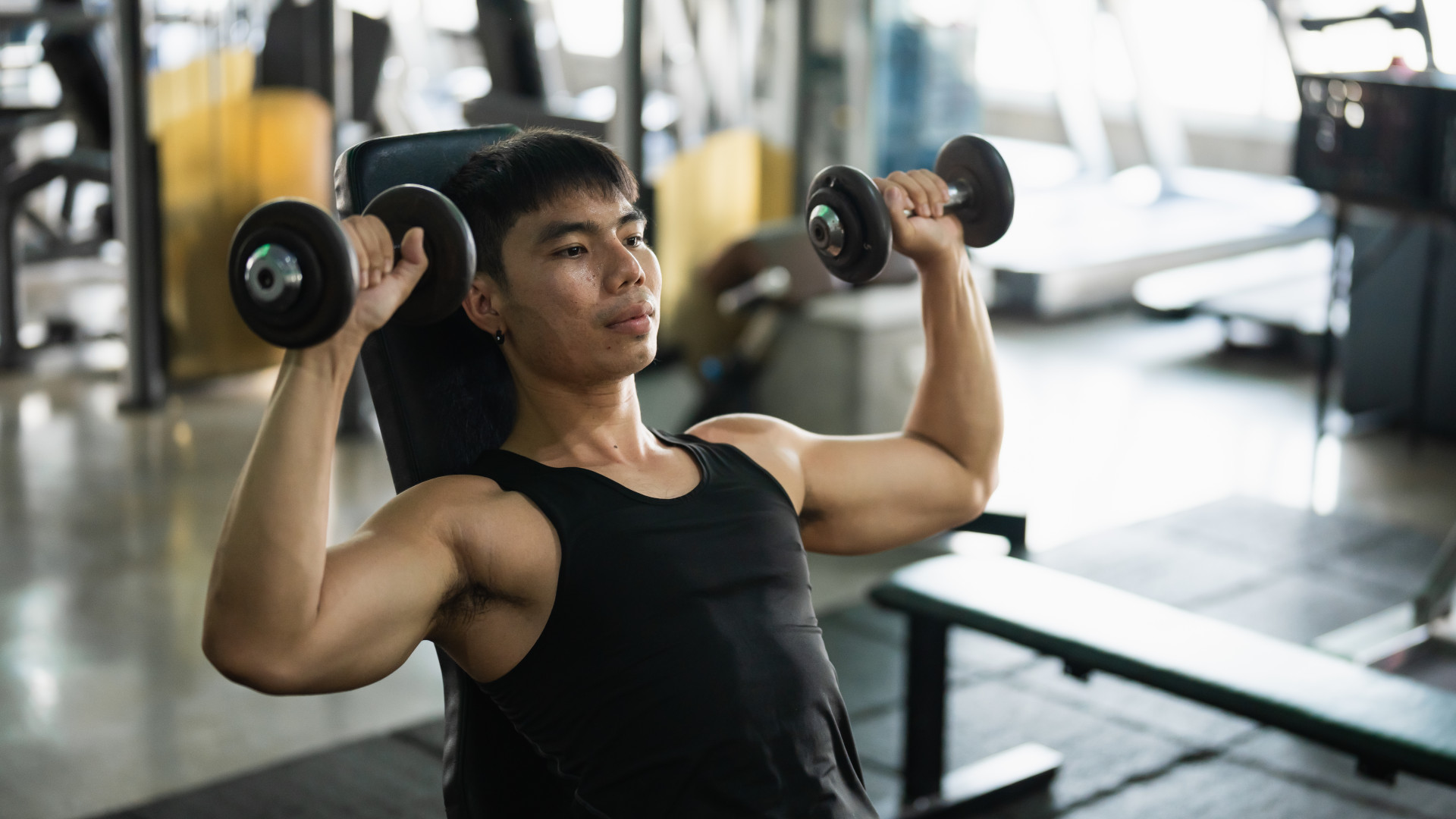 3 overrated shoulder exercises, according to a fitness expert (and what to do instead)
3 overrated shoulder exercises, according to a fitness expert (and what to do instead)Sculpt 3D shoulders whilst minimising injury with these three alternative exercises
By Bryony Firth-Bernard Published
-
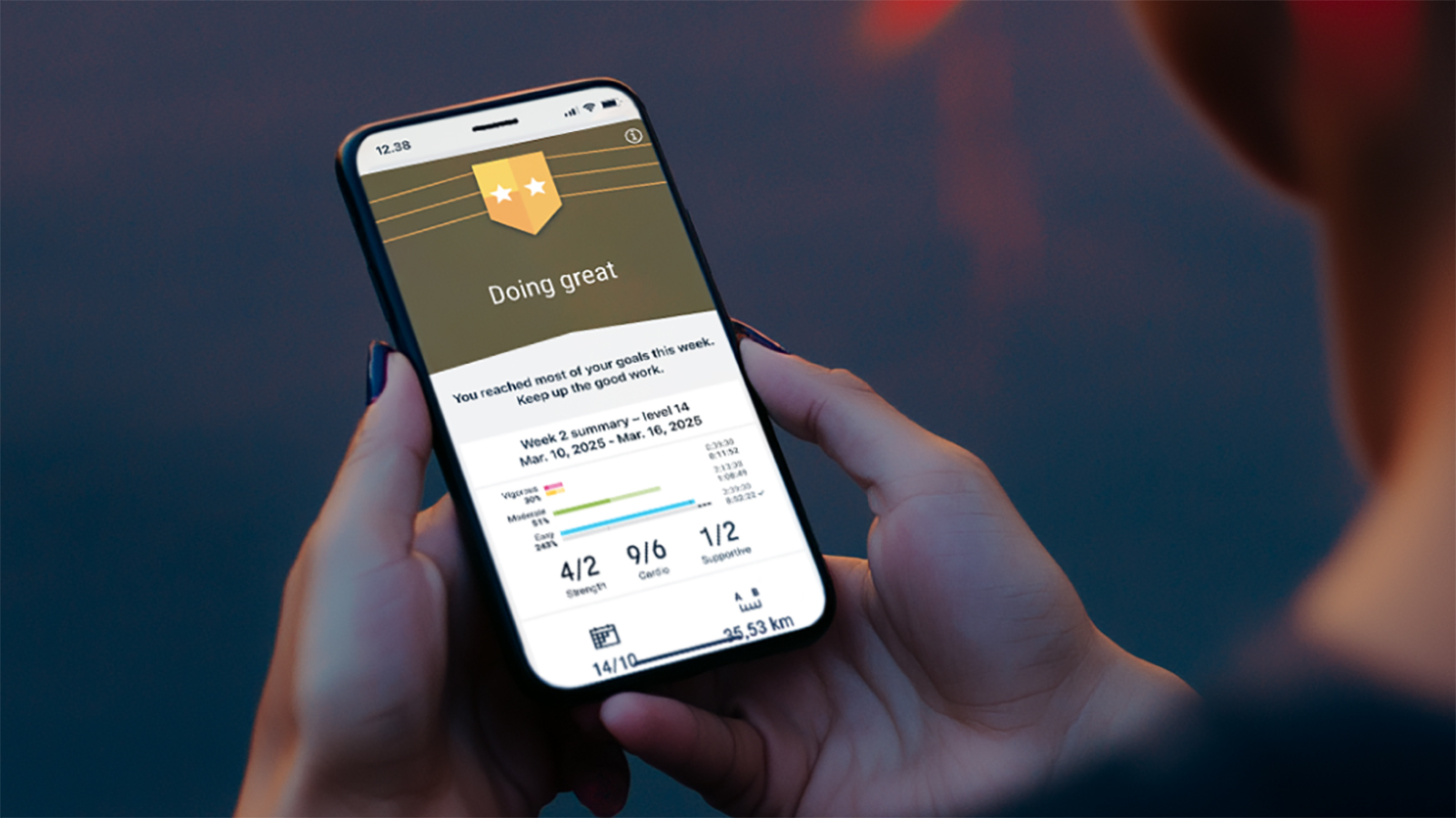 Polar’s new subscription feature lands in the shadow of Garmin’s Connect+ rollout
Polar’s new subscription feature lands in the shadow of Garmin’s Connect+ rolloutPR genius or timing disaster? Polar’s new Fitness Programme adds adaptive training to its ecosystem
By Matt Kollat Published
-
 3 overrated shoulder exercises, according to a fitness expert (and what to do instead)
3 overrated shoulder exercises, according to a fitness expert (and what to do instead)Sculpt 3D shoulders whilst minimising injury with these three alternative exercises
By Bryony Firth-Bernard Published
-
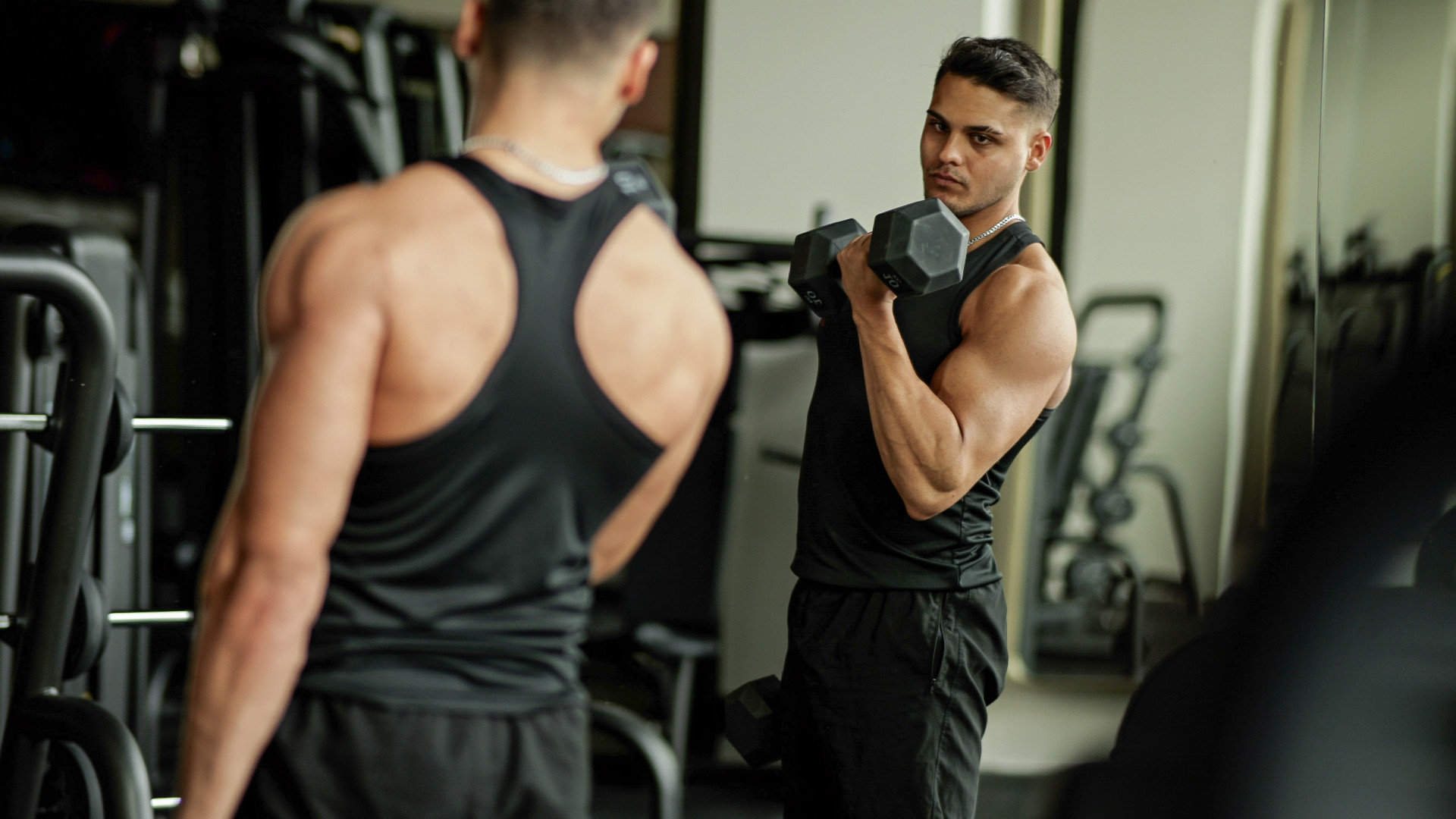 The best biceps exercise, according to science
The best biceps exercise, according to scienceHave you been training your biceps wrong this whole time?
By Lucy Miller Published
-
 Finally! Represent 247 launches its first womenswear collection, taking you from street to gym in style
Finally! Represent 247 launches its first womenswear collection, taking you from street to gym in styleIt's about time guys
By Bryony Firth-Bernard Published
-
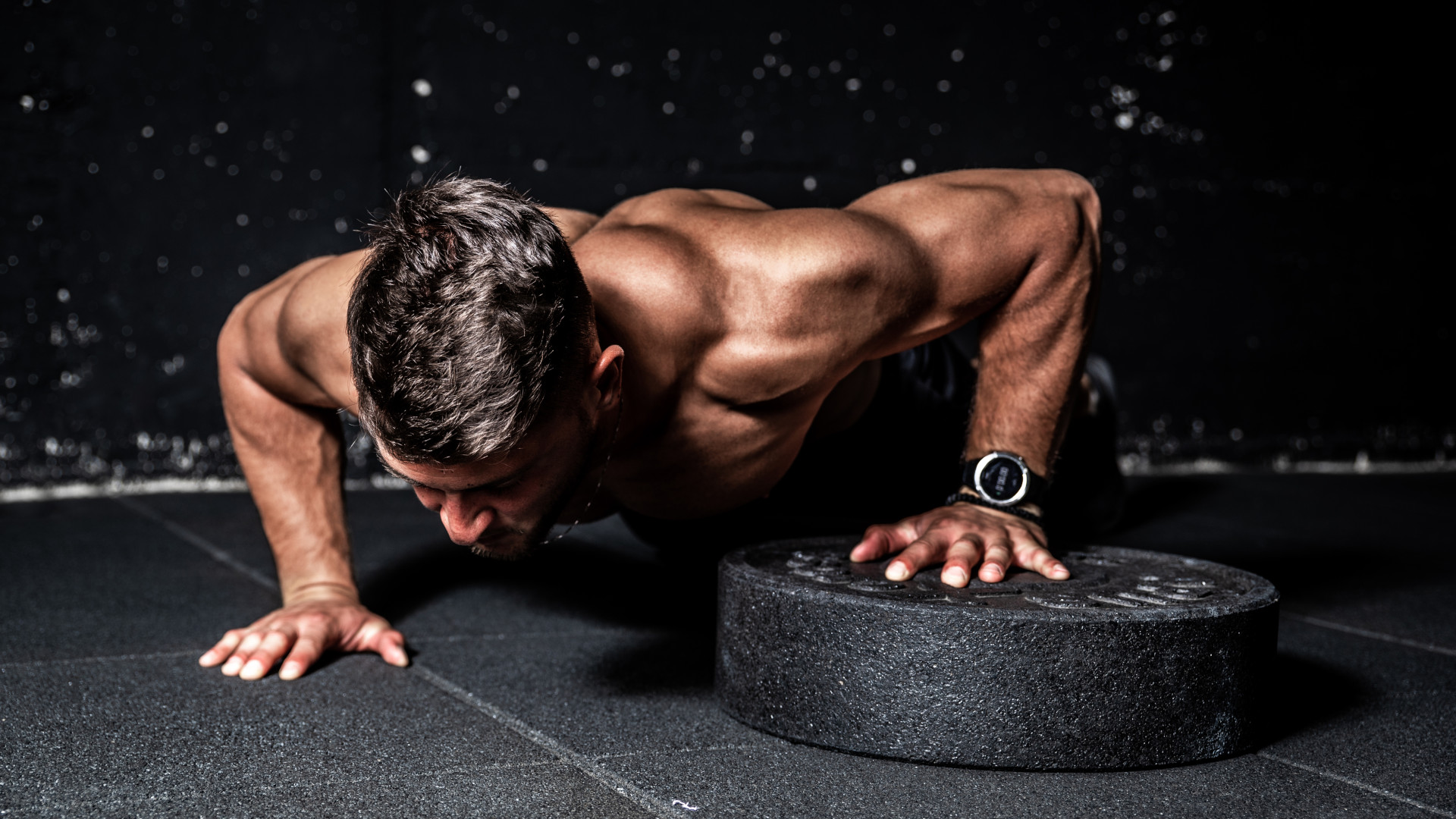 3 chest exercises you’re probably not doing to supersize your pecs
3 chest exercises you’re probably not doing to supersize your pecsA killer pec pump awaits
By Bryony Firth-Bernard Published
-
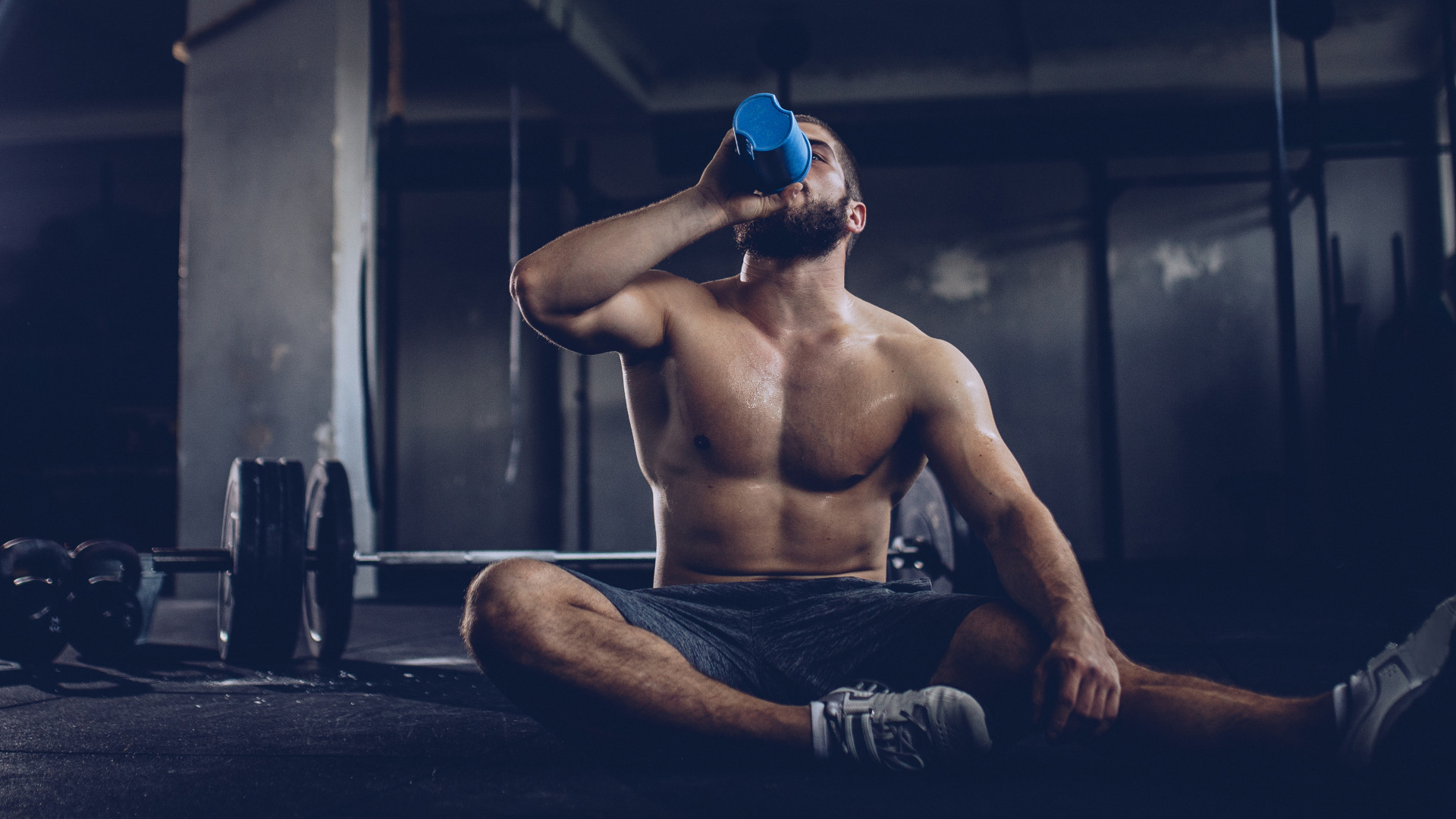 When’s the best time to take creatine?
When’s the best time to take creatine?The science-backed supplement is a must for building strength and muscle, but is there an optimal time to take it?
By Bryony Firth-Bernard Published
-
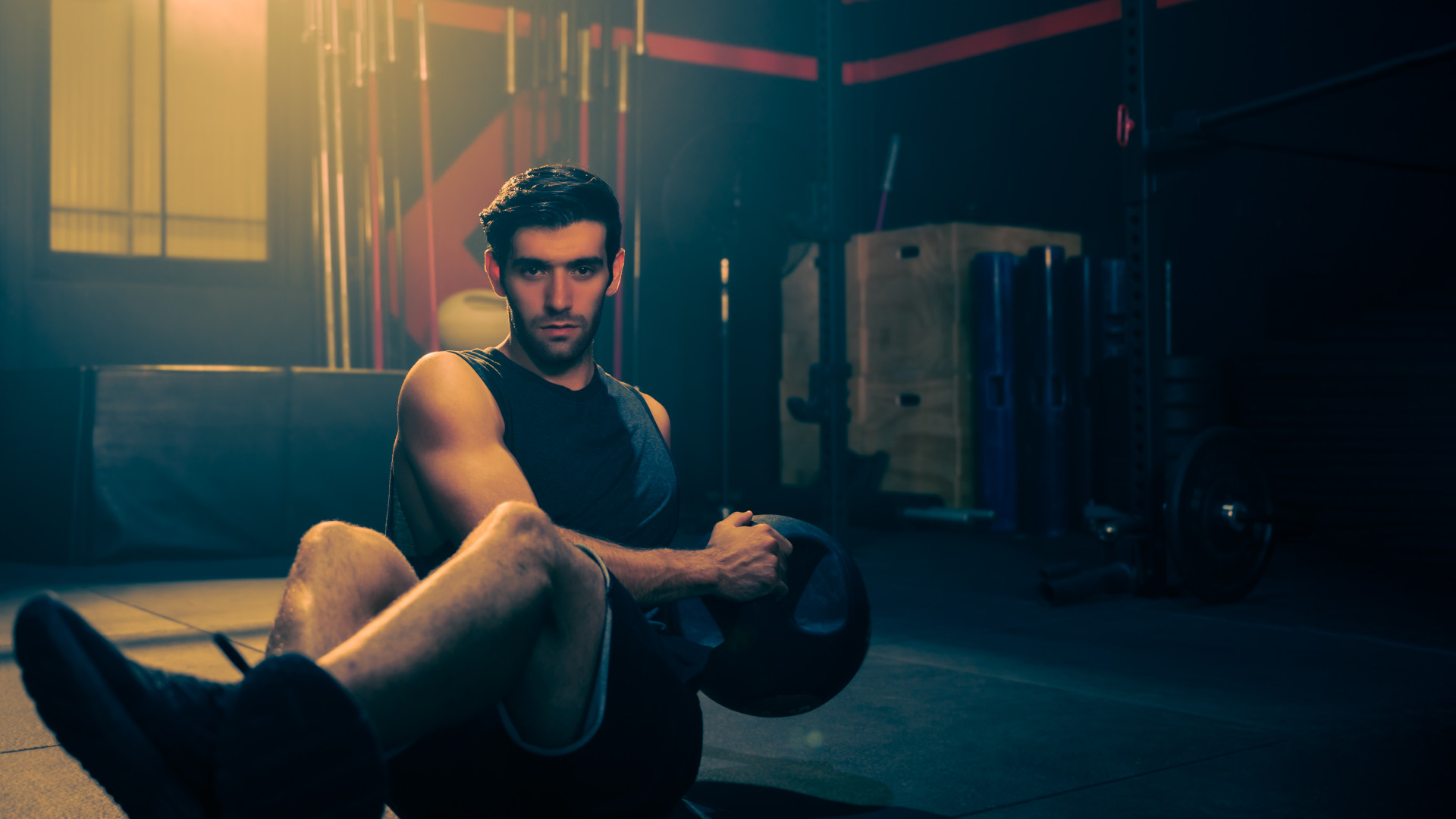 Three overrated core exercises and what you should do instead
Three overrated core exercises and what you should do insteadA fitness expert says these exercises aren’t all they’re cracked up to be
By Bryony Firth-Bernard Published
-
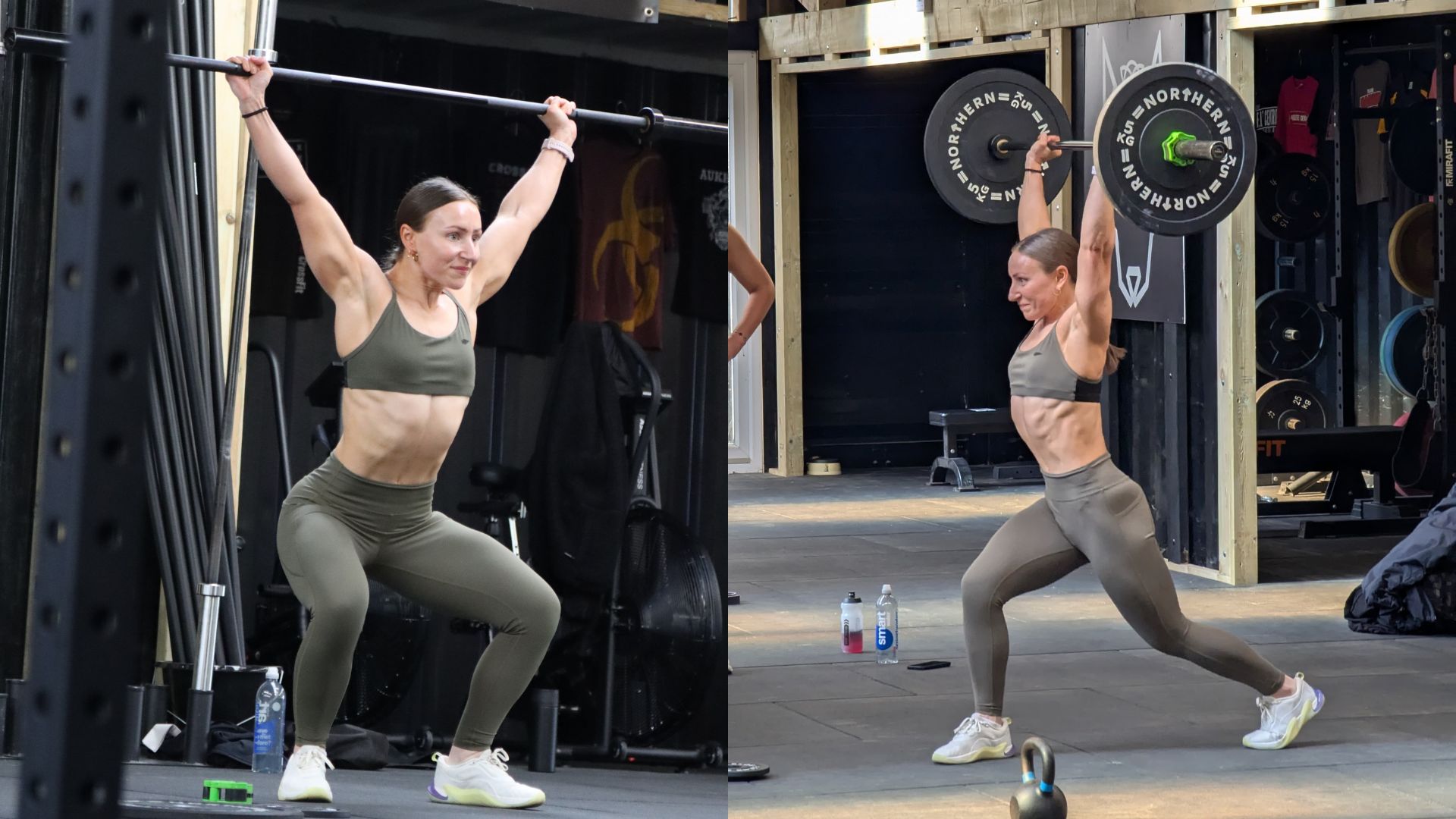 I tried Olympic weightlifting for the first time – here are three things it's taught me
I tried Olympic weightlifting for the first time – here are three things it's taught meBeing strong simply won't cut it
By Bryony Firth-Bernard Published
-
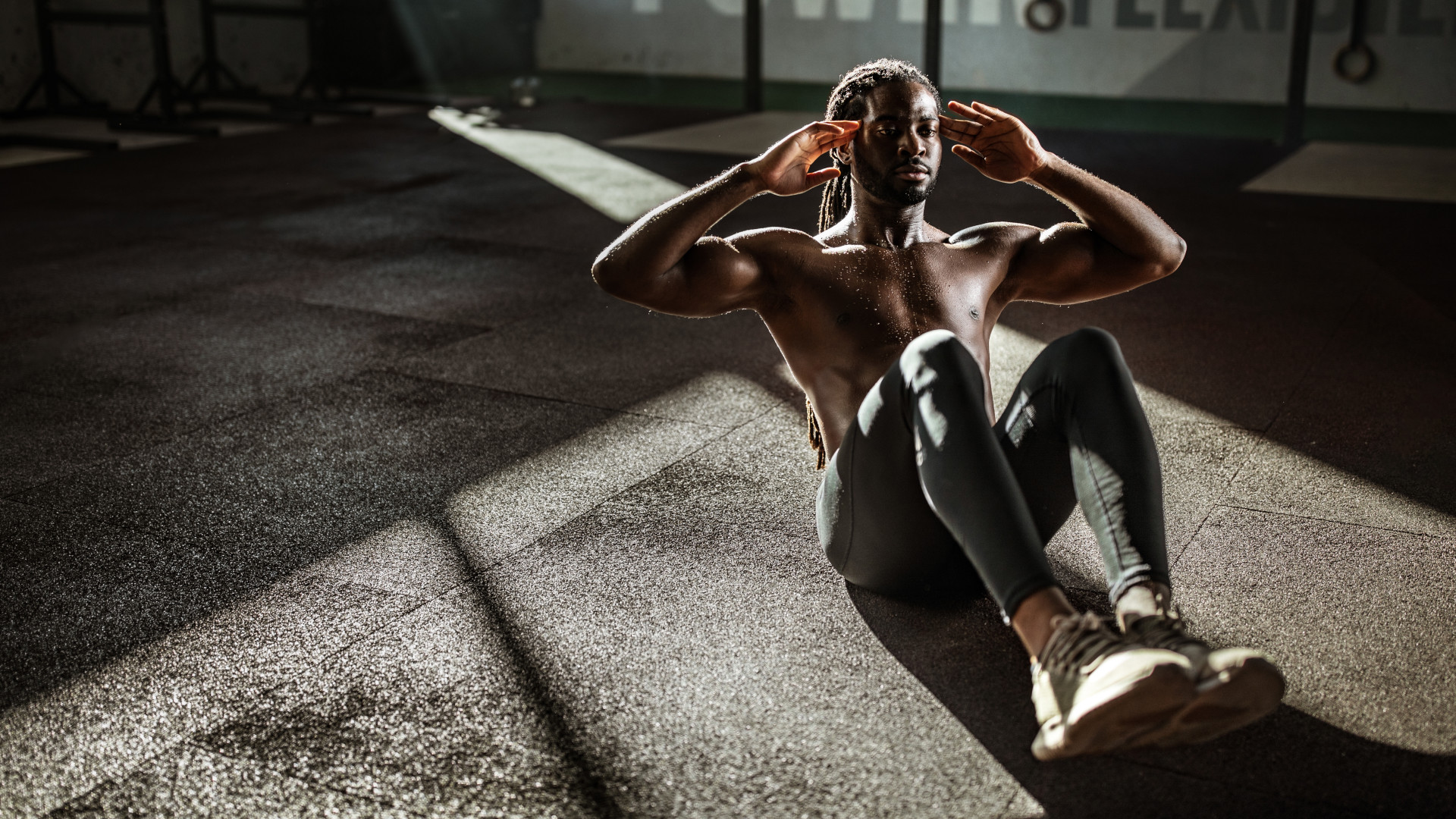 An exercise scientist ranks every ab exercise – and the worst one may surprise you
An exercise scientist ranks every ab exercise – and the worst one may surprise youFYI it’s not crunches or sit-ups
By Bryony Firth-Bernard Published